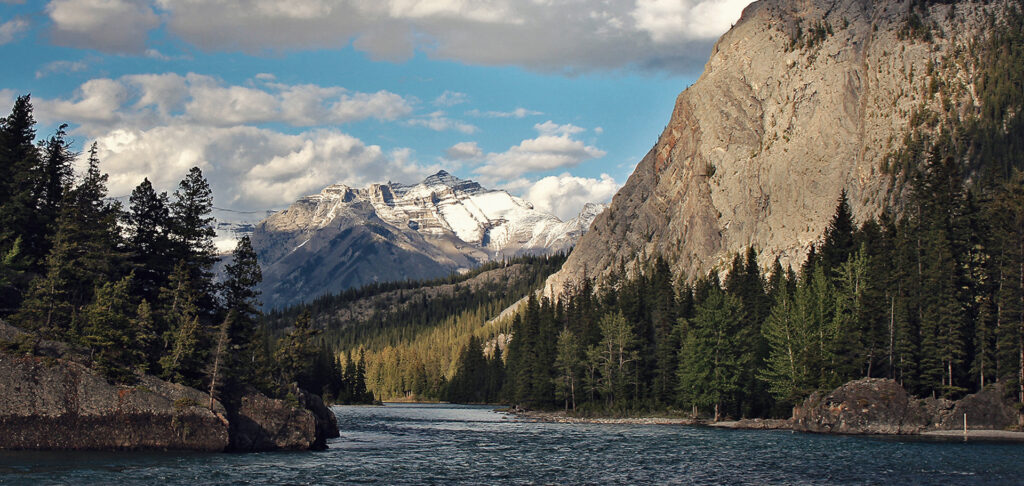Introduction
The Taiga Forests, also known as boreal forests, are some of the most spectacular and diverse wild areas found on the planet. Located in the northernmost parts of Eurasia and North America, the Taiga Forests are a unique region of coniferous trees, lush vegetation, and diverse wildlife. They are home to some of the world’s most iconic animals, such as the brown bear and the Siberian Tiger, and are full of fascinating plants, fungi, and lichen. If you’re looking for an adventure into nature, then the Taiga Forests are the perfect destination.
What is the Taiga?
The Taiga is a type of biome, or ecological region, found in the northernmost parts of the world. It is characterized by long, cold winters and short, fairly warm summers. The Taiga has a wide variety of trees, including evergreen conifers, birch, and aspen, and is the largest terrestrial biome in the world. It is dominated by large coniferous trees, such as pines, spruces, and firs, which form large forests.
Where is the Taiga Located?
The Taiga stretches across much of Russia, Scandinavia, and North America, and is divided into several distinct regions. In Russia, the Taiga is found mostly in the Siberia region, while in Scandinavia, it covers much of Finland, Sweden, and Norway. In North America, the Taiga is found in parts of Alaska and Canada.
What Wildlife is Found in the Taiga?
The Taiga is home to a wide variety of wildlife, from large mammals to small insects. Some of the larger animals found in the Taiga include bears, wolves, elk, lynx, wolverines, and foxes. There are also many species of birds, including owls, hawks, and grouse, and a variety of small mammals, such as voles, mice, and squirrels.
What Plants are Found in the Taiga?
The Taiga is home to a wide variety of plants, including coniferous trees, deciduous trees, shrubs, mosses, and lichens. The coniferous trees, such as pines, spruces, and firs, are the dominant species in the Taiga, and form large forests. Deciduous trees, such as birches and aspens, are also found in the Taiga, although they are less common. Shrubs, such as blueberry and raspberry, are also found in the Taiga, along with a variety of mosses and lichens.
What is the Climate of the Taiga?
The Taiga has a cold, subarctic climate, with long, cold winters and short, fairly warm summers. Winters are long and cold, with temperatures often dropping to -40 degrees Celsius. Summers are short and mild, with temperatures rarely rising above 20 degrees Celsius. Precipitation is generally low, with most of the precipitation falling in the form of snow.
What are the Benefits of Visiting the Taiga?
Visiting the Taiga is a great way to experience nature up close and personal. The Taiga is home to a wide variety of wildlife, from large mammals to small insects, and provides a unique opportunity to observe them in their natural habitats. The Taiga is also home to a variety of plants, fungi, and lichens, and is a great place to learn about the rich biodiversity of the boreal forests. Finally, the Taiga is a place of breathtaking landscapes and serene wilderness, offering a chance for outdoor enthusiasts to explore and appreciate the beauty of the natural world.
Whether you’re interested in wildlife photography, birdwatching, hiking, or simply enjoying the tranquility of the wilderness, the Taiga Forests provide a rich and immersive experience. The unique climate, diverse ecosystems, and vast expanses of untouched wilderness make it a destination like no other.
In addition to its ecological significance, the Taiga also plays a crucial role in regulating the global climate. Its vast carbon sink helps mitigate climate change by absorbing and storing large amounts of carbon dioxide. By visiting the Taiga, you gain a deeper understanding of the importance of these ecosystems in maintaining the health of our planet.
Conclusion
In conclusion, the Taiga Forests offer a remarkable adventure into the heart of nature, providing an opportunity to connect with diverse ecosystems, witness incredible wildlife, and appreciate the intrinsic beauty of one of the Earth’s most unique biomes. Whether you seek adventure, education, or simply a peaceful retreat, the Taiga welcomes you to explore its wonders.

